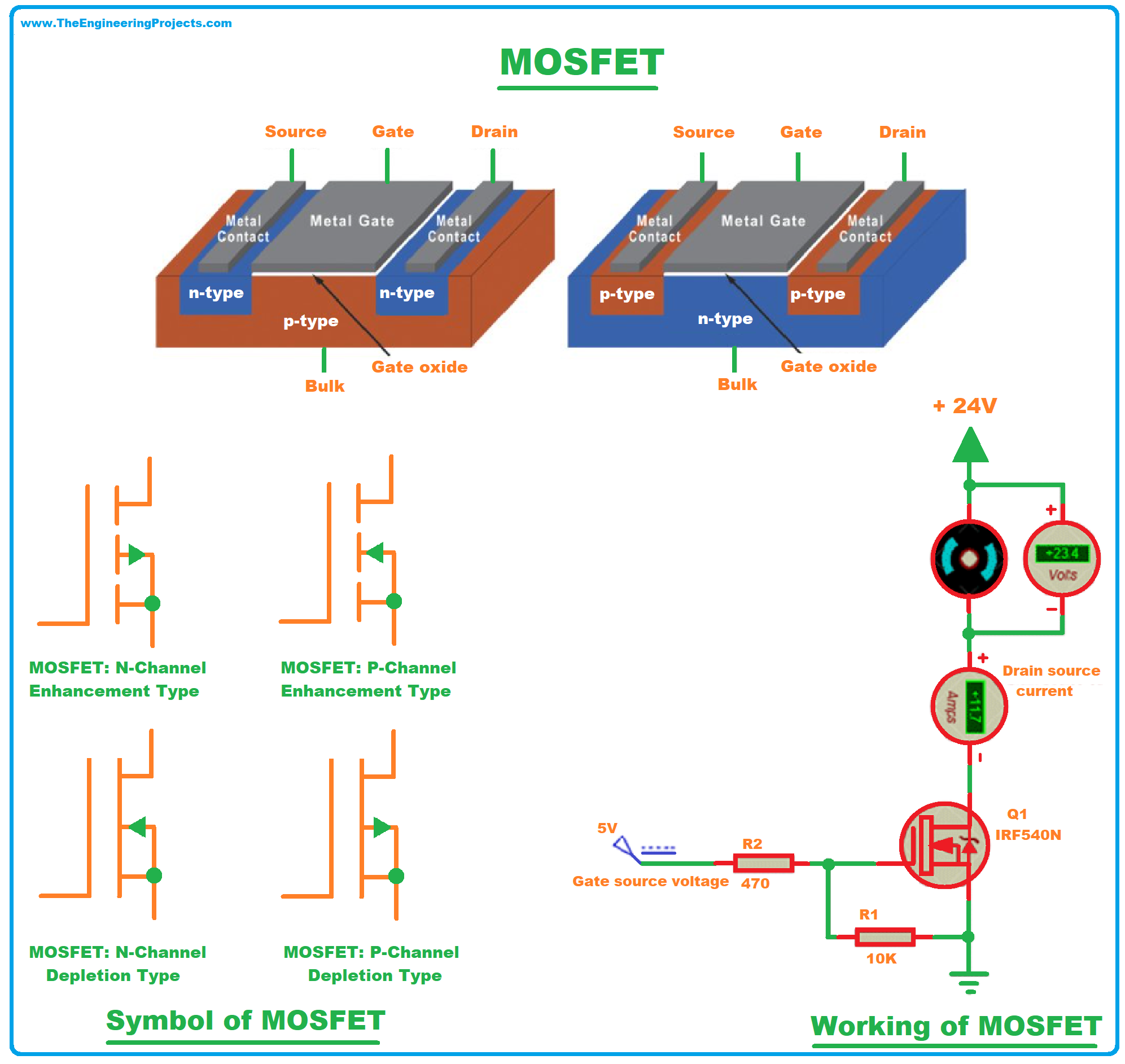Alright, let’s talk about this tiny but powerful thing called a MOSFET. Ever since I started messing around with little DIY electronics projects, I kept hearing this word thrown around. Honestly? It sounded intimidating. But my blender motor control project hit a wall, so I couldn’t ignore it anymore. Time to dig in.

Grabbing the Weird Little Thing
First things first, I needed to actually see one. I rummaged through my stash of old circuit boards – you know, the ones I never throw away “just in case.” Found a likely candidate: a little black square with three metal legs sticking out. Tiny writing on top looked like a secret code. Felt kinda foolish staring at it, wondering how something so small could handle serious power.
I pulled out my multimeter – that trusty workhorse. Flipped it to the setting that makes it beep for continuity. Started touching probes to different pairs of legs randomly. Mostly silence. Then, on one pair, the meter screamed! But which legs were those? No clue. Grabbed a magnifying glass, squinted hard at the faded code on top. “IRF540.” That sounded vaguely familiar.
Facing the Confusion
Okay, time for the web. Typed in “IRF540.” Holy cow. Pages filled with symbols, charts, and numbers that looked like another language. Voltage this, milliamps that, microjoules… what even is that? It felt like opening a box full of magic lies. Everyone just assumed you knew the secret handshake.
I saw diagrams with little arrows pointing into boxes, dotted lines, curved lines. Trying to “read” these felt like deciphering hieroglyphs while blindfolded. The symbols didn’t match anything real in my hands! My initial thought: “Why is this so dang complicated for what looks like a simple switch?”
Brute Force Experiment Time
Gave up on theory for a minute. Decided to just hook it up to a battery and see what happened. Safety goggles on, naturally. Got a small 9V battery. Connected one wire to the leg on the left. Another wire to the leg on the right. Measured the voltage across them: 9V. Obvious.

Then, grabbed a small LED and a resistor. Connected that between the leg on the right and the battery’s negative. Still 9V across left and right legs? Yep. LED not lit. Okay, switch is off? Now, here’s the weird part: I touched a wire from the battery’s positive to that middle leg.
- Clicked. Literally, a tiny little sound I wasn’t expecting.
- Lit! The LED suddenly glared at me.
Wait. The power wasn’t going THROUGH the middle leg? It was just… sensing? Like it needed a signal to tell it to pass the big current? That was the “Ohhhhh!” moment. That middle leg wasn’t part of the power highway itself; it was the traffic cop. Touch voltage there, and bam, it tells the other two legs to open up the floodgates. Take the voltage away, and it slams shut. No tiny current needed for control. Mind slightly blown.
What Finally Clicked
So, after sweating over symbols and datasheets, here’s what stuck in my head, minus the technobabble:
- It’s a Voltage-Activated Switch. Touch voltage to that middle leg? Switch on. Take it away? Switch off. Simple as that.
- Super Efficient. Because the middle leg isn’t pulling power itself to stay open or closed, almost all the energy goes to whatever you’re powering (like my little LED or a massive motor). Less heat wasted.
- That Middle Leg is Fragile! Zapping it with static electricity? Yeah, killed one stone dead. Lesson painfully learned. Handle with care, like a butterfly wing.
Understanding MOSFETs felt less like cracking some complex code by the end, and more like finally getting the joke everyone else already knew. Was it frustrating? Absolutely. Was the moment that little LED flickered to life worth the hours of confusion? You betcha.

